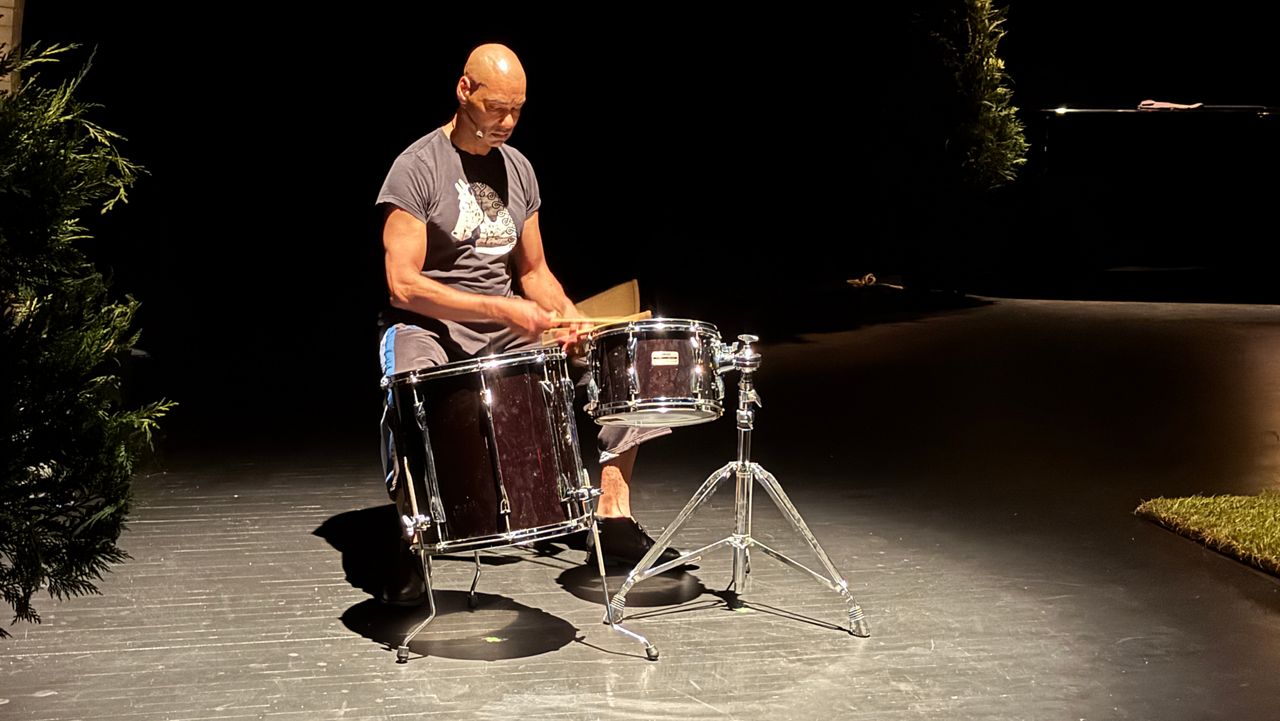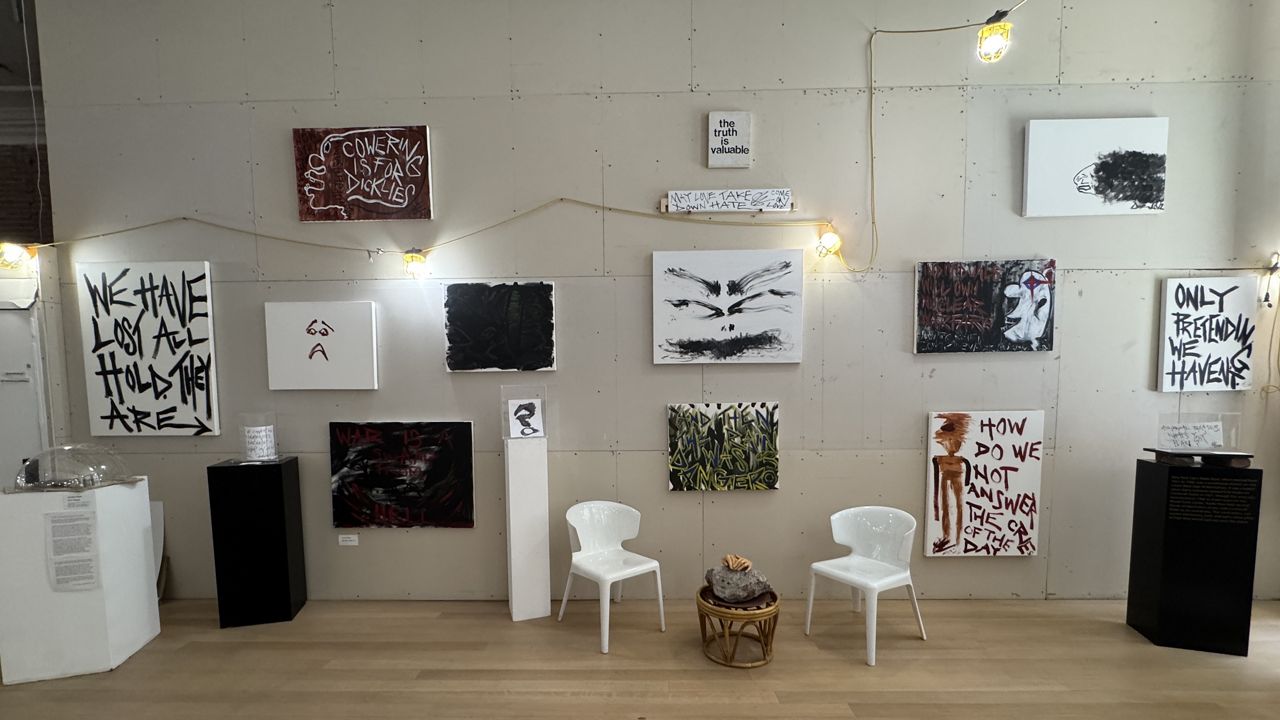Built 125 years ago, the five-story limestone townhouse at 991 Fifth Ave. on the Upper East Side was once surrounded by other Fifth Avenue Gilded Age townhouses.
That’s no longer the case, but inside, it’s still a trip back in time at the American Irish Historical Society.
What You Need To Know
- The American Irish Historical Society was founded in 1897 in Boston
- It moved to New York City in the early 20th century
- The society is currently located in a Gilded Age Townhouse on Fifth Avenue on the Upper East Side
“We were founded in 1897 in Boston, and within a year or two, we moved to New York. We had around three homes before that — we had offices in the Hotel Astor, we were donated a building on 16th Street by an early member, and we were somewhere else in the very early days in Brooklyn. Now we are here,” said Elizabeth Stack, Ph.D., executive director of the society for a year.
The society moved into the mansion in 1940.
Throughout, there are stories of the society’s history and the Irish in America, plus artifacts from Ireland, such as a copy of the 1916 Proclamation of the Irish Republic, Ireland’s Declaration of Independence. There are also death masks of Irish nationalists, including Theobald Wolfe Tone and Michael Collins.
“I think the good thing about the society, too, is that they didn’t just tell the story of the Irish in America, but they helped preserve some of the Irish artifacts from home. So we have an amazing collection of books, sheet music, and artwork that may have otherwise been lost,” Stack said.
After closing for more than three years due to COVID-19 and almost not reopening — the building was nearly sold — the society is back in business with a variety of talks, concerts and other events that are often free and open to the public.
There are also tours of the house, and currently, an exhibition of sculptures commemorating Ireland’s Great Hunger is on display from the collection of the Great Hunger Museum at Quinnipiac University in Connecticut.
“It’s great to see culture, research, and knowledge happening, and scholars are coming back to look at the archives. So, slowly but surely, we are coming back,” Stack said.
Stack says they are trying to get that “buy-in” from people — that the society is a treasure they should want to protect and preserve, to be shared with everyone.
Find out more about what’s going on at the society here.




_PKG_American_Irish_Historical_Society_CG_133624654_1029?wid=320&hei=180&$wide-bg$)




_PKG_NYK_ORGANIST_CG_134164139_253)

